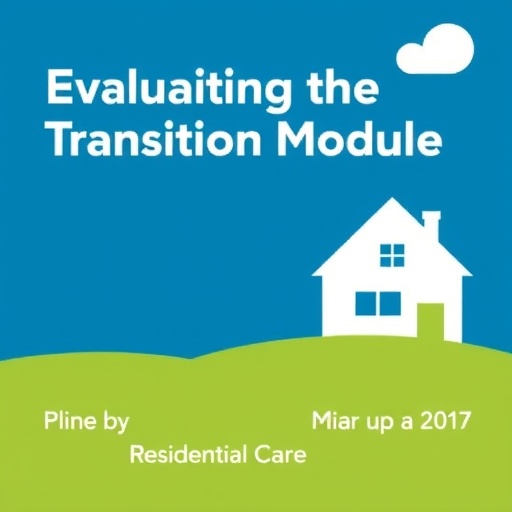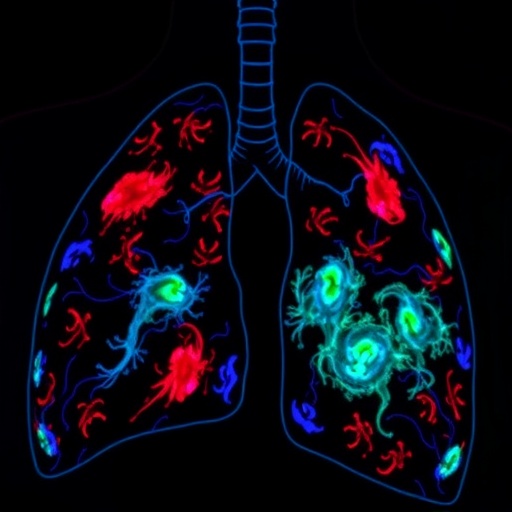NOV. 10, 2018 – Researchers at the Smidt Heart Institute at Cedars-Sinai discovered that a non-treatable form of lethal heart rhythm responsible for sudden cardiac arrest is twice as likely to be found in patients with the most common form of heart failure–heart failure with preserved ejection fraction (HFpEF), compared to heart failure with reduced ejection fraction (HFrEF). The findings, presented today at the American Heart Association Scientific Sessions, have important implications for prevention of sudden cardiac arrest.
"The way to prevent a sudden death from happening requires fixing the lethal rhythm as soon as possible," said Sumeet Chugh, MD, professor of Medicine and associate director at Cedars-Sinai. "This research suggests patients with HFpEF are far more likely to suffer from pulseless electrical activity or asystole, both of which are not treatable with electrical shocks."
These findings suggest that a surgically implanted defibrillator could be less effective in patients with HFpEF compared to HFrEF, if they go into sudden cardiac arrest. More research is needed to select high-risk patients with HFpEF who are most likely to benefit from the implantable defibrillator.
Sudden cardiac arrest accounts for approximately 300,000 deaths each year in the U.S. and is caused by defective electrical activity of the heart. HFpEF is the most common form of heart failure, affecting more than 6.5 million Americans each year.
Data from this study comes from the Oregon Sudden Unexpected Death Study, a comprehensive, 16-hospital, multiyear assessment of cardiac deaths in the 1 million population of the Portland, Oregon, metropolitan area. Led by Chugh, the project–now ongoing for more than 15 years–provides researchers with unique, community-based information to help determine the causes of sudden cardiac arrest.
###
Media Contact
Sally Stewart
[email protected]
310-248-6566
@cedarssinai
http://www.csmc.edu
https://www.cedars-sinai.org/newsroom/patients-with-common-heart-failure-more-likely-to-have-lethal-heart-rhythms/




